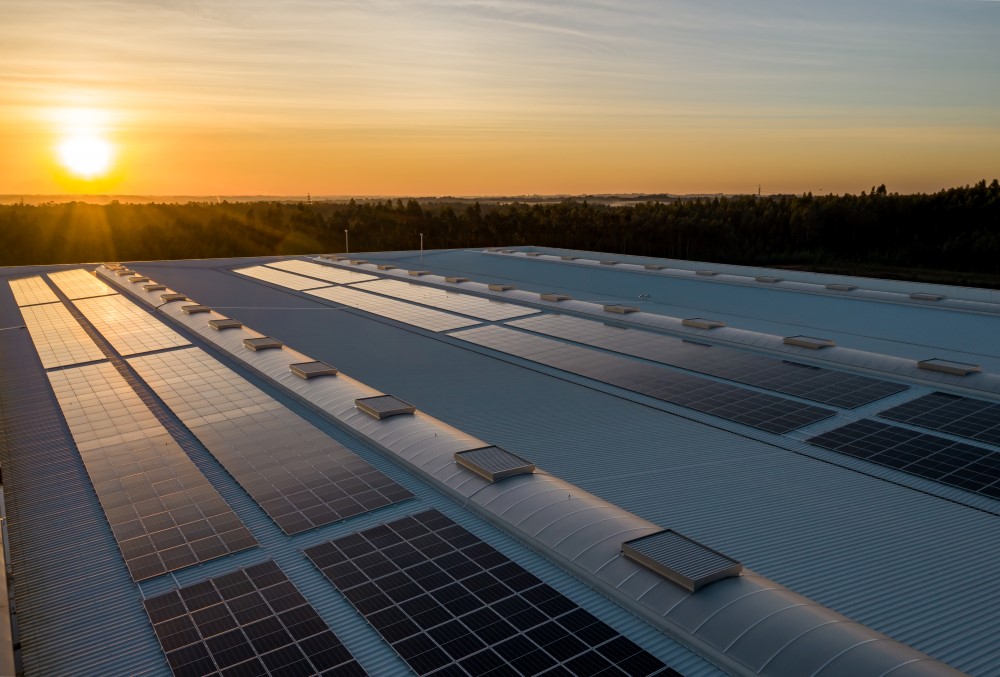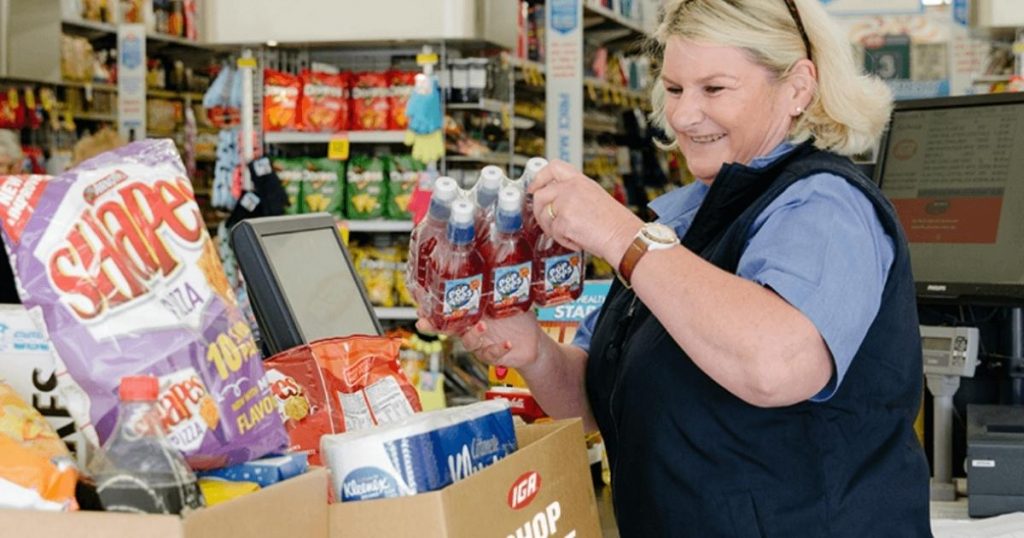Unless you work in the solar industry, the distinction between the residential and commercial solar markets may not seem apparent, or important. It’s all panels on roofs, turning the sun’s energy into electricity, right?
Not quite. There are key differences between the two markets which make a one-size-fits-all sales approach destined to fail. Here are our top five.
1. Size matters
The size of the systems, the size of the panels and the amount of energy produced by commercial and residential solar systems is an obvious difference. The scale of the installation and the size of the panels themselves also varies, with commercial solar panels featuring 96 cells on average compared to 72 cells for home solar panels.
Commercial panels also produce energy much more efficiently than their resi cousins. This increased efficiency equates to huge savings over time – a fact which appeals strongly to business owners facing cash-flow challenges and enormous power bills.
2. Price shock
Size also matters when it comes to total project cost.
As a homeowner, setting aside $8,000 to ‘go solar’ sounds achievable. But an organisation facing tens – even hundreds – of thousands for a system which meets their needs could seem an impossible hurdle.
The amount of capital required is unmanageable for many organisations – which is why offering them $0 upfront with a payment solution can make the difference between closing and losing a sale.
3. Buying drivers
Studies show that homeowners install solar chiefly for financial reasons (75%), along with a desire to reduce our carbon footprints (53%) or to live off-grid.
But when it comes to commercial motivation, cash flow tends to be top of mind. Capital is often in short supply, which is where Smart Ease payment solutions can radically change the conversation.
Demonstrating that solar will literally save an organisation money is powerful – add in $0 upfront costs and potential tax benefits and you have a strong incentive to book that solar installation in.
4. Sustainability and ESG concerns
While homeowners installing solar may be sustainability focussed, any environmental goals they have are self-imposed.
In the commercial sector, however, an added factor is brand perception and community goodwill. There is growing pressure on organisations to lead the way on sustainability and installing solar is a highly visible way to do so. Offering free publicity of their solar uptake by sharing their story on your own (and, where suitable, on the Smart Ease) website and social media can be a nice bonus.
5. Saturation point
While we still haven’t reached the stage where every suitable house has solar, most of the prime candidates (i.e. unshaded, north-facing, owner-occupied homes) do. This is especially true in Australia, where solar makes up 30% of the energy market – and New Zealand saw total installs grow by around 36% from 2020 to 2021.
By contrast, in Australia industry estimates suggest that approximately 15% of commercial roofs (versus 35% of residential) have solar panels. In New Zealand, commercial solar penetration sits at around 5%, with residential solar accounting for 70-80% of the market.
With so many more untapped prospects, and larger systems meaning larger profits, commercial is where smart, future-focussed operators are turning.
Transitioning from residential to commercial solar sales? Speak to your Smart Ease Sales Director for insider advice today!
Photo credit Unsplash.




